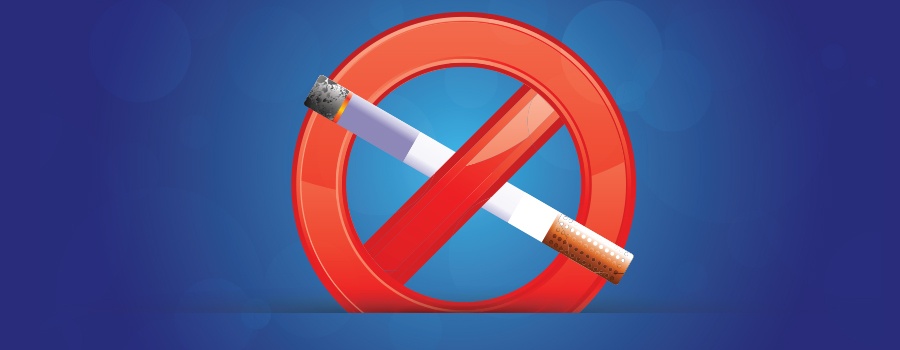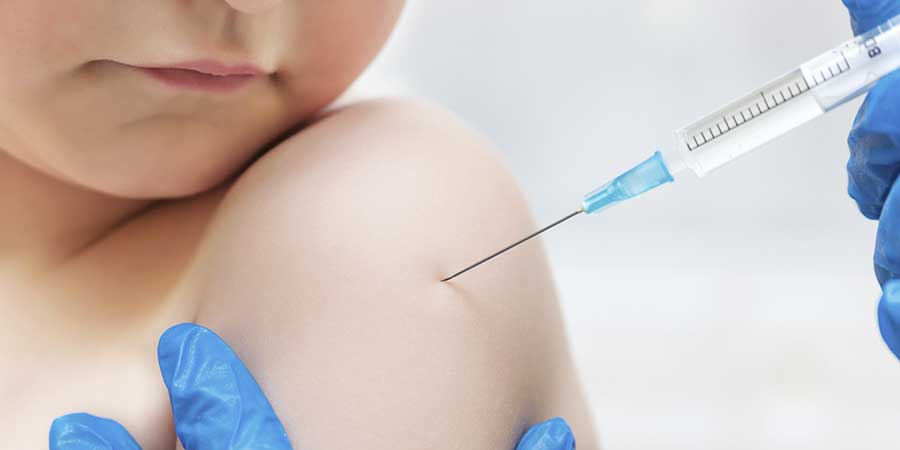Category: Health
-

CDC STUDY: Steep and Sustained Increases in STDs in Recent Years
Nearly 2.3 million cases of chlamydia, gonorrhea, and syphilis were diagnosed in the United States in 2017, according to preliminary data released today by the Centers for Disease Control and Prevention at the National STD Prevention Conference in Washington, D.C. This surpassed the previous record set in 2016 by more than 200,000 cases and marked…
-

CVS Health to Begin MinuteClinic Video Visits through App
CVS Health is rolling out a new virtual health care offering for patients with minor illnesses and injuries, skin conditions and other wellness needs through the company’s MinuteClinic section of the CVS app. MinuteClinic Video Visits, a telehealth offering via Teledoc, will provide patients with access to health care services 24 hours a day, seven…
-

Quitline: Free Help for Patients to Quit Smoking
The Alabama Tobacco Quitline is a free telephone (800-784-8669) and online counseling service for your patients who are ready to quit tobacco. The Quitline is open from 6 a.m. to midnight seven days a week. All Quitline services are free to Alabama residents including telephone and online coaching, printed support materials, and up to eight…
-

Let’s Talk About Physician Burnout
According to Medscape’s 2018 Annual Physician Lifestyle Report, Burnout and Depression Section, 42 percent of physicians surveyed have reported burnout symptoms in the last year. Fifteen percent of physicians admitted to experiencing either clinical or colloquial forms of depression. The National Institute of Mental Health reports 6.7 percent of all American adults suffered at least…
-

New Alabama Mothers Encouraged to Complete PRAMS Survey
Why are some babies born healthy while others are not? The Pregnancy Risk Assessment Monitoring System (PRAMS) surveys new mothers about their pregnancy, delivery and their infant to find answers. PRAMS is a joint research project between the Centers for Disease Control and Prevention and the Alabama Department of Public Health. Mothers who receive surveys…
-

ADPH Issues Synthetic Cannabinoids Alert
ADPH Issues Synthetic Cannabinoids Alert; Severe Bleeding a Dangerous Side Effect The Alabama Department of Public Health (ADPH) cautions the public about the hazards of synthetic cannabinoids after the Illinois Department of Public Health (IDPH) linked serious complications including death to their use. As of April 24, 2018, IDPH has received reports of 153 cases,…
-

NIH’s All of Us Research Program Kicks Off in Birmingham on May 6
On May 6, the National Institutes of Health will open national enrollment for the All of Us Research Program, a momentous effort to advance individualized prevention, treatment and care for people of all backgrounds. People ages 18 and older, regardless of health status, will be able to enroll. The official launch date will be marked…
-

ADPH to Hold Special Flu Shot Clinics
MONTGOMERY — With influenza activity levels continuing to increase across the state, including several deaths attributed to the deaths, the Alabama Department of Public Health is conducting free flu shot clinics for Alabama residents. The vaccine is available for both children and adults and there will be no charge for the vaccination during these Influenza Vaccination…
-

Flu Outbreak Causes State of Public Health Emergency
An outbreak of the influenza virus has prompted Gov. Kay Ivey to issue a “State Public Health Emergency” for the state of Alabama. The virus poses a high threat of widespread exposure to an infectious agent that poses a risk of substantial harm to a large number of people, according to the proclamation issued by…
-

Alabama Experiences Significant Influenza Activity this Season
Influenza activity levels are increasing across the State of Alabama. Several positive influenza specimens in northern Alabama have been identified in the previous three weeks. While the flu season is just getting started in much of the country, activity is already high in Alabama. Flu is a very contagious respiratory illness. Some of the symptoms…